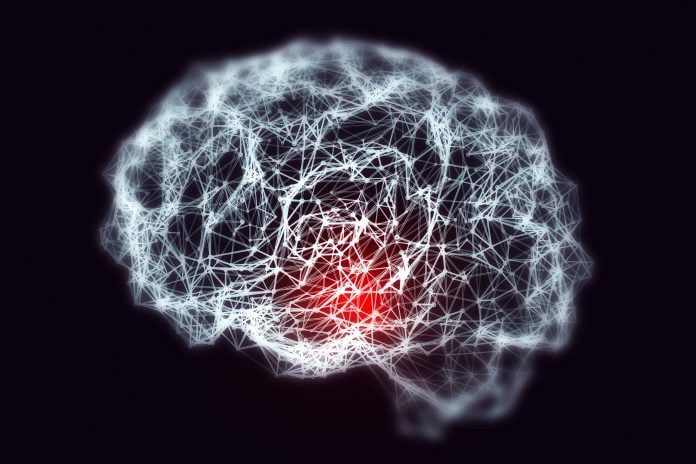Did you know that 38 Australians are diagnosed with Parkinson’s Disease (PD) every day? And that PD is the second most common neurological disorder in Australia after dementia?
At present, 100,000 Australians are diagnosed with the neurodegenerative disease, which affects an individual’s movement and balance.
While it’s typically associated with elderly individuals, the sobering fact is that 20% of sufferers are under the age of 50 and 10% are diagnosed before they turn 40.
In terms of diagnosis, at present there are reportedly no specific biomarkers to definitively diagnose PD with clinicians relying on a combination of signs and symptoms, which include tremors and responsiveness to specific treatments.
This means that PD diagnosis may arrive late in the progression of the disease when motor neurons have already been damaged.
As the disease is often associated with elderly patients, when younger individuals present with symptoms and their specialists aren’t expecting PD, the diagnosis may also be missed or delayed.
However, a recent breakthrough in PD research by UNSW Sydney in creating a new diagnostic method for PD that combines a single-molecule counting technique with a rapid amplification analysis to detect alpha-synuclein, said to be a promising biomarker for the disease, is expected to lead to early and accurate diagnosis for the disease and potentially better outcomes for PD patients.
It’s said that this diagnostic method will allow clinicians to diagnose PD prior to the onset of clinical symptoms.
“So far, we have results from cerebrospinal fluid, which is obtained following a lumbar puncture, a minor but not routine operation. Our current efforts aim at using blood as a sample to make it more accessible,” say the researchers, which include Dr Emma Sierecki and Dr Yann Gambin.
“Even though people may be prepared to get a lumbar puncture to have a definitive PD diagnosis, it is not a good protocol to follow clinical trials for example, where patients are required to provide samples often. We are also exploring other samples such as urine or skin.”
Dr Sierecki said there is hope for people who have not yet been diagnosed with PD. Early diagnosis also means therapeutic intervention can commence sooner, delaying and potentially preventing the apparition of more developed symptoms.
“Parkinson’s disease is a progressive disorder that is not linked to a single, well-identified cause. There is still much to understand about the origin and progression of the disease and the diversity. Having a biomarker for PD is an important milestone for PD research, but it is only the beginning.”
This research is supported by a grant from the Shake It Up Australia Foundation and the Michael J. Fox Foundation.
To read the research paper, visit: onlinelibrary.wiley.com/doi/10.1002/anie.202014898









